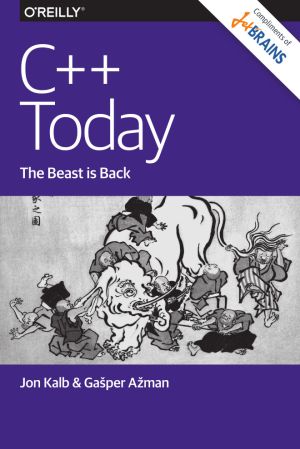C++ Today
The Beast is Back
by Jon Kalb, Gašper Ažman
DescriptionTable of ContentsDetailsHashtagsReport an issue
C++ is a complicated beast that's not easy to learn. But when you need a powerful, highly portable systems programming language or an application programming language with uncompromising performance, it's hard to beat. With the 2011 and 2014 updates, C++ feels like a completely new language, rather than the old C++ with new features bolted on.
Authors Jon Kalb and Gašper Ažman demonstrate how modern C++ (C++11 and C++14) provides the power, performance, libraries, and tools necessary for massive server farms as well as low-footprint mobile apps.
- Delve into the modern C++ features that are generating new interest in the language
- Learn why C++ is the only high-level language available on Apple, Android, and Microsoft mobile devices
- Explore the C++ cloud computing appeal, including performance, high portability, and low-level hardware control
- See what the future holds for C++ with proposed changes in the 2017 update. 





Book Description
Now that software development is shifting primarily toward mobile and cloud computing, the venerable C++ programming language is returning to the dominant position it held during the object-oriented boom of the 1990s. In this O'Reilly report, you'll learn why C++ is once again the preferred choice across several diverse industries, after taking a backseat to Java during the 2000s.C++ is a complicated beast that's not easy to learn. But when you need a powerful, highly portable systems programming language or an application programming language with uncompromising performance, it's hard to beat. With the 2011 and 2014 updates, C++ feels like a completely new language, rather than the old C++ with new features bolted on.
Authors Jon Kalb and Gašper Ažman demonstrate how modern C++ (C++11 and C++14) provides the power, performance, libraries, and tools necessary for massive server farms as well as low-footprint mobile apps.
- Delve into the modern C++ features that are generating new interest in the language
- Learn why C++ is the only high-level language available on Apple, Android, and Microsoft mobile devices
- Explore the C++ cloud computing appeal, including performance, high portability, and low-level hardware control
- See what the future holds for C++ with proposed changes in the 2017 update.
This open access book is Complimented by JetBrains. You can download C++ Today ebook for free in PDF format (2.6 MB).
Table of Contents
Chapter 1
The Nature of the Beast
Chapter 2
The Origin Story
Chapter 3
The Beast Wakes
Chapter 4
The Beast Roars Back
Chapter 5
Digging Deep on Modern C++
Chapter 6
The Future of C++
Book Details
Title
C++ Today
Subject
Computer Science
Publisher
O'Reilly Media
Published
2015
Pages
74
Edition
1
Language
English
ISBN13
9781491927595
ISBN10
1491927593
ISBN13 Digital
9781491931660
ISBN10 Digital
1491931663
PDF Size
2.6 MB
License
Compliments of JetBrains
Related Books
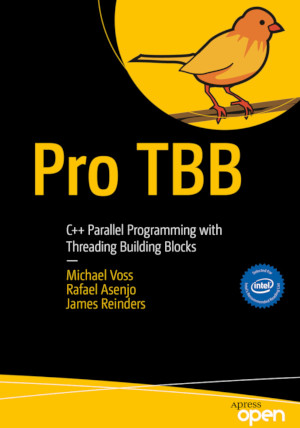
This book is a modern guide for all C++ programmers to learn Threading Building Blocks (TBB). Written by TBB and parallel programming experts, this book reflects their collective decades of experience in developing and teaching parallel programming with TBB, offering their insights in an approachable manner. Throughout the book the authors present ...

Quoting is all around us. But do we really know what it means? How do people actually quote today, and how did our present systems come about? This book brings together a down-to-earth account of contemporary quoting with an examination of the comparative and historical background that lies behind it and the characteristic way that quoting links pa...
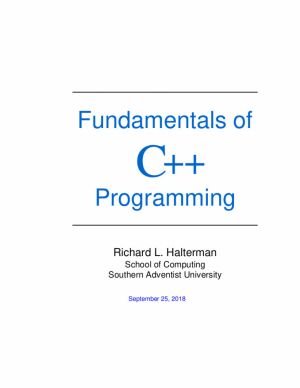
Bjarne Stroustrup of AT&T Bell Labs created C++ in the mid 1980s. C++ is an extension of the programming language C, a product of AT&T Bell Labs from the early 1970s. C was developed to write the Unix operating system, and C is widely used for systems-level software and embedded systems development.
C++ initially provided object-oriented...
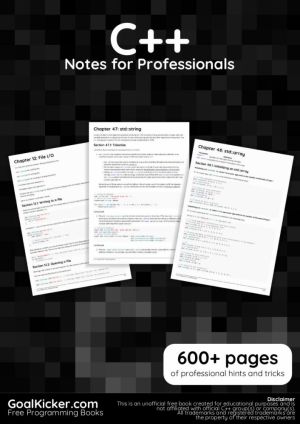
The C++ Notes for Professionals book is compiled from Stack Overflow Documentation, the content is written by the beautiful people at Stack Overflow....
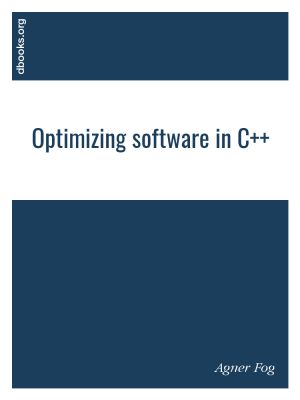
This is an optimization manual for advanced C++ programmers. This book are not for beginners.
Topics include:
- The choice of platform and operating system.
- Choice of compiler and framework.
- Finding performance bottlenecks.
- The efficiency of different C++ constructs.
- Multi-core systems.
- Parallelization with vector operations.
- CPU dispa...
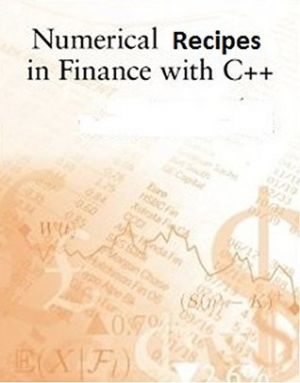
This book is a a discussion of the calculation of specific formulas in finance. The field of finance has seen a rapid development in recent years, with increasing mathematical sophistication. While the formalization of the field can be traced back to the work of Markowitz (1952) on investors mean-variance decisions and Modigliani and Miller (1958) ...

